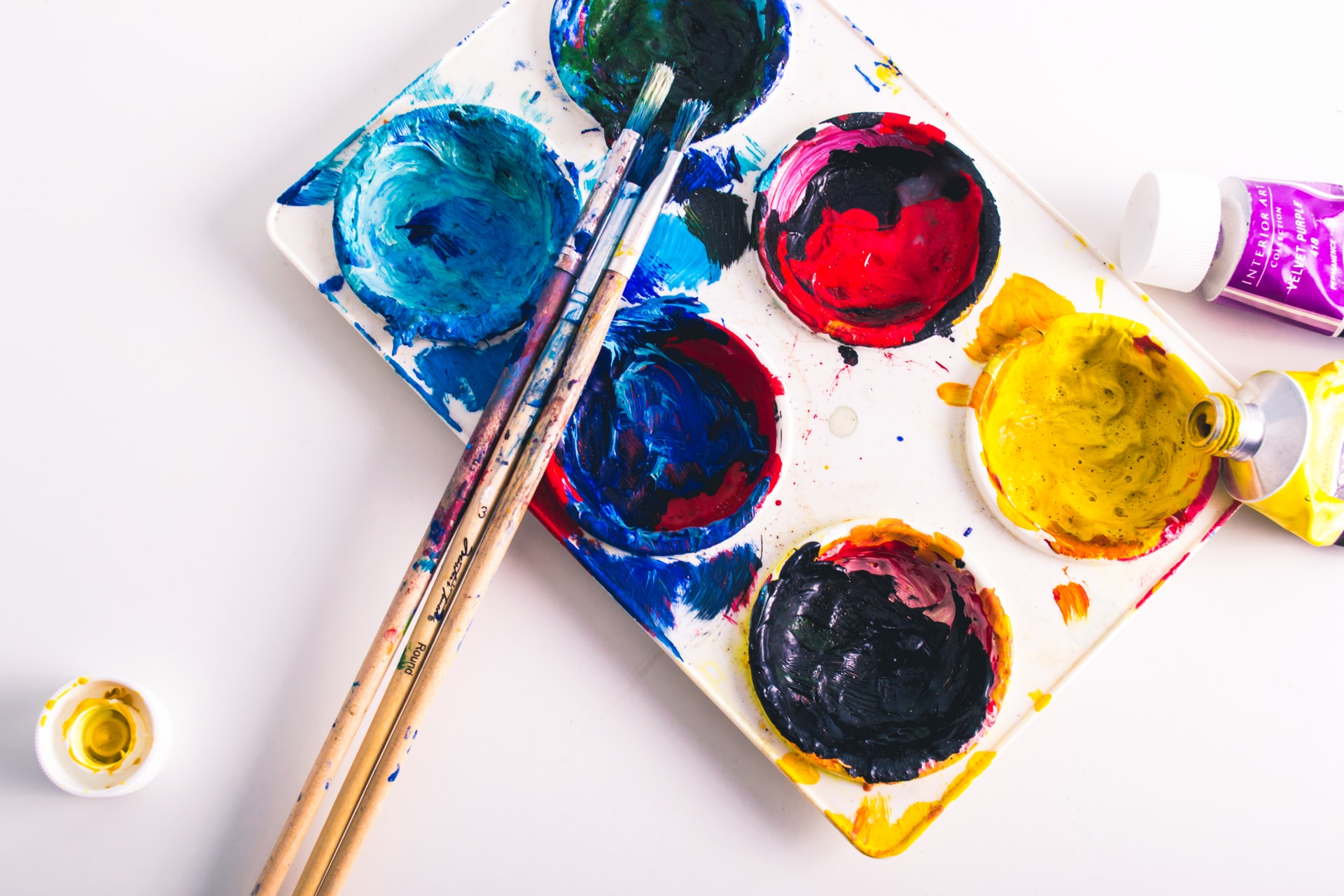Tips For Teaching With Art In Any Subject Area

Art inquiry is a effective way to interact college students with numerous getting to know needs, enhance essential wondering and social-emotional abilities and make getting to know applicable to students’ lives.
Yet many instructors shy away from educating with art, which reasons their college students to leave out out on these doubtlessly transformative mastering experiences. Teaching with artwork creates possibilities for novelty in the classroom, which stimulates students’ minds, activating one-of-a-kind methods of wondering and learning.
In my work with teachers, I usually emphasize that instructing with works of artwork doesn’t require specialised understanding in the discipline of art. It does require the willingness to seem to be at your curriculum via a innovative lens in order to locate new and surprising connections to the content material you teach. If you are searching for a way to brighten up your curriculum, the 5 steps under will assist you leverage the electricity of artwork to enhance your educating exercise and your students’ learning.
Choose a Work of Art
Because artwork tells the story of human history, there is no curriculum theme that can’t be supported by using works of art. With your curriculum in mind, discover museum websites. A extraordinary region to begin is The Metropolitan Museum of Art’s website, metmuseum.org, the place you can down load high-resolution pix of heaps of works of artwork from their encyclopedic collection. Brooklynmuseum.org and moma.org are additionally brilliant assets for artwork images. When choosing works of artwork to educate from, reflect onconsideration on these three questions:
Does this art work spark my interest?
How does it relate to my students’ lives?
How does it relate to our curriculum?
If the work of artwork you pick satisfies all three of these criteria, you have the basis for a profitable artwork inquiry experience.
Think Thematically
Use a theme or necessary query to aid connections between the work of art, your students’ lives and your curriculum. Effective issues and imperative questions are intellectually enticing and universal; they furnish an entry factor into difficult content material via aiding non-public connections between students’ experiences and tutorial content.
In the classroom, she confirmed her category pictures in which the artist and the difficulty had a tricky relationship. Exploring the theme thru the artwork whilst making connections to their very own lives deepened her students’ perception of a central theme in the novel.
Develop Open-Ended Questions
Open-ended questions encourage quintessential and innovative thinking. By enticing your college students in open-ended inquiry with works of art, you confirm their special methods of seeing the world whilst educating them to fee the various viewpoints of their classmates. To make sure that your questions are open-ended, venture your self to suppose of a couple of responses to every question.
If you can come up with at least three feasible responses, the query is open-ended. If you are waiting for one ‘correct’ answer, the query is closed. Try rephrasing the query to make it open-ended. Your questions ought to additionally inspire shut searching via requiring college students to use visible proof to assist their ideas. This will make sure that the dialog stays grounded in the work of art.
Use the Pyramid of Inquiry to sequence your questions
The Pyramid of Inquiry is a bendy framework that can be used with any work of artwork to facilitate inquiry experiences that improve crucial wondering skills. The basis of the Pyramid is observation: college students commence with the aid of searching intently thru an open-ended instant such as, ‘what do you notice?’ or a multimodal strategy such as sketching the object. Observation is the indispensable first step in the inquiry procedure due to the fact the statistics gathered in this section will help the improvement of inferences and interpretations that are grounded in visible evidence. The subsequent stage of the Pyramid is evidence-based inference.
This should be brought on through a query alongside the traces of ‘what’s going on in this painting’ or a motion recreation that asks college students to take the pose of a persona in a portray and infer how the personality feels, the use of proof from the art work to help their ideas. At this point, you will introduce applicable contextual data about the work of art. Once college students have absorbed this information, the dialog builds to the interpretation phase, the place college students synthesize this new statistics with their preceding thoughts about the work of art.
Interpretation can contain a huge query such as ‘what do you suppose is the message of this work of art?’ or an art-making recreation that asks college students to categorical the which means of the paintings in a innovative way.
Expand mastering past the classroom
Whenever possible, convey college students to a museum or gallery to discover works of artwork in person. These types of experiences yield effective consequences for pupil gaining knowledge of (Greene, Kisida & Bowen, 2014), and seeing a work of artwork in character is a vastly one of a kind journey than viewing it on a screen. Reach out to the museum’s schooling branch earlier than you visit; they exist to guide instructors and college students and provide a wealth of sources to aid your teaching. If museums and artwork galleries are no longer plentiful the place you teach, are looking for out neighborhood artists.